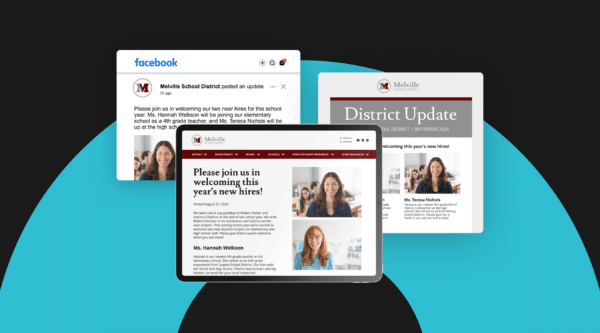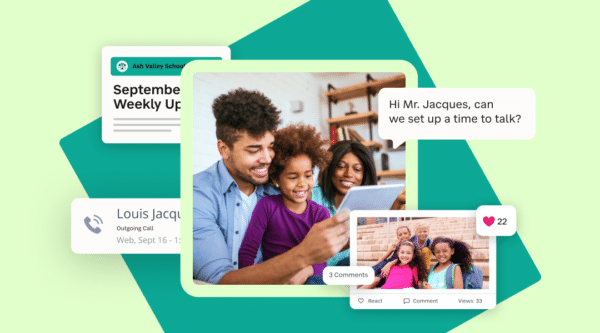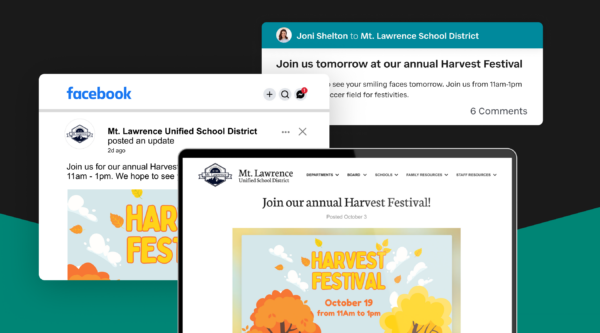
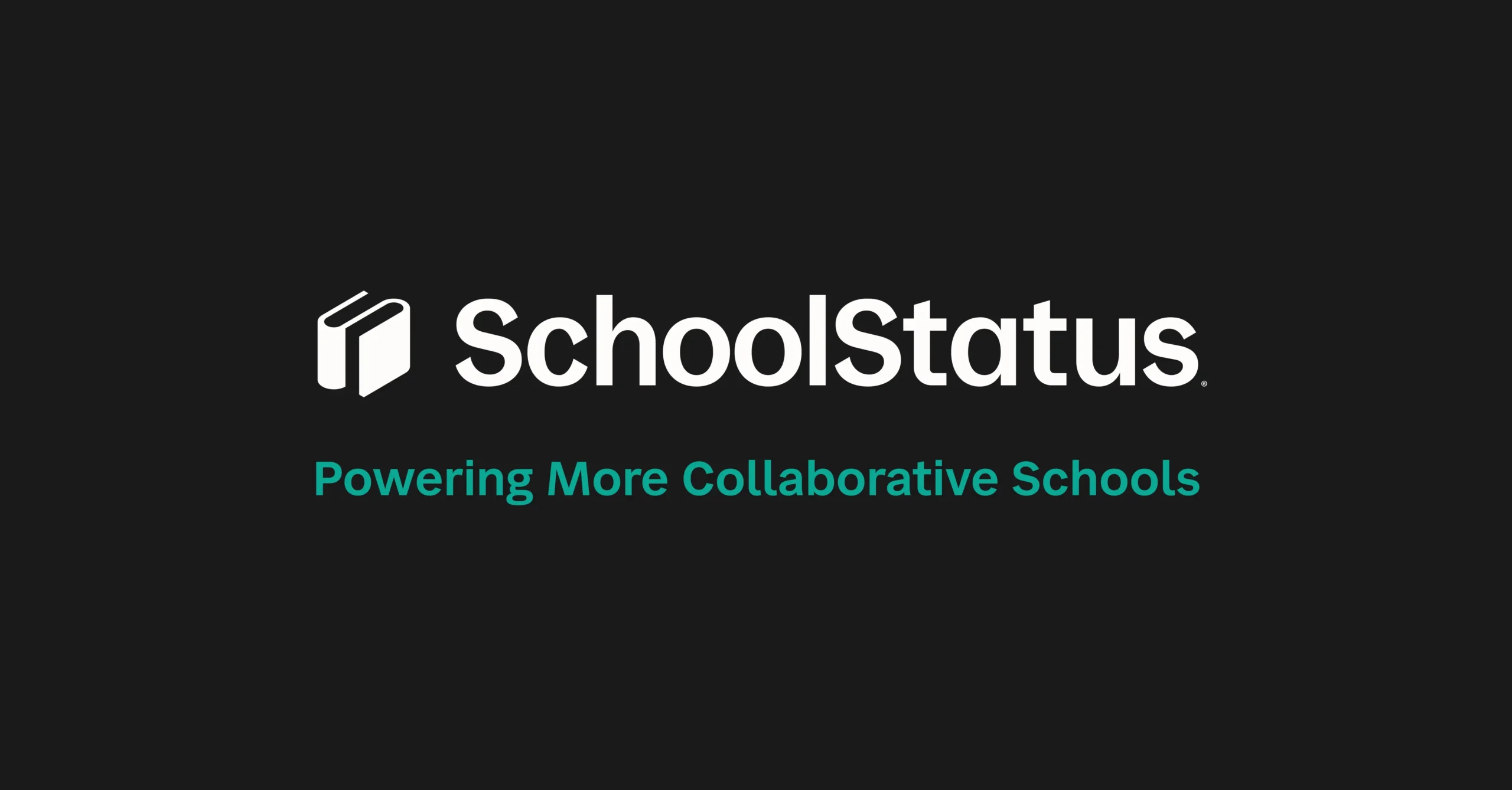
Does your school have a blog? Or maybe you have a school blog, but really not sure why, or you struggle with finding new content for it. Just how effective is it? Are you sure anyone is even reading it?
If your school doesn’t have one or you wrestle with writing or managing it, you’re not alone. Some schools have a blog because they know they’re supposed to have one. However, few schools have the time, resources, or technical know-how to make their blog as effective as it can be.
Does your school need a blog? Most definitely. Your school needs a blog if you want a modern forum to tell your school’s stories and set the table for all sorts of powerful school communications.
Before you get started on creating your school blog or overhauling the one you’ve got, take a step back and look at the big picture. Your blog has the potential to become a communications hub for your school, so it’s wise to put it in perspective with your school or district’s broader communications plan.
One problem is that many schools don’t know exactly what it is that their blog is supposed to accomplish. As a result, the blog is a hodgepodge of communication of efforts. There’s a little bit of news, some updates on classroom activities, sports team results, and other pieces of communication that aren’t part of a coordinated strategy. When there’s no overarching mission, the blog becomes a one-way avenue of communication.
Remember: don’t talk at your audience; talk with them.
Another common failing of blogs is when the school talks at their audience, rather than with them. Make sure the tone and point of view of your blog is approachable for all your readers. Your blog should be a communication starter. It should foster engagement with your students, parents, faculty, and surrounding community. It should provide an outlet for them to communicate back with you, whether that’s in the comments section of the blog or on social media. You can even use your blog to link to other important items you want your readers to view or download (e.g., guides and schedules.)
If your blog isn’t accomplishing that level of two-way communication, don’t worry. You don’t have to be a tech expert to have an effective blog. In fact, you can optimize your blog with just a few easy steps.
Here are five easy steps to creating effective school blogs. Incorporate these elements into your blog planning and execution and you’ll begin seeing results.
1. Establish a School Blog Mission
Why do you have a blog? Yes, you probably know that you’re supposed to have a blog. Beyond that, though, what do you want to accomplish with your blog?
A helpful exercise is to create a written mission statement for your blog. Gather some interested parties and form a blog communication committee. The group could include some administrators, your PR lead, and possibly even some faculty members. Discuss where there are gaps in your communications strategy and how the blog could fill those gaps.
Keep in mind, you could have multiple objectives for your blog. Some possible objectives could include:
- Communicating important news to the community
- Gathering feedback from students and parents on important issues
- Educating potential students and parents on the strengths of your school
Once you have a mission in place, post it in the sidebar of your blog so all your visitors can see it.
2. Make it Shareable
The best way to spread your blog’s message is through organic social sharing. You want your readers to easily share your content with their friends and connections. There are three important facets to making your content shareable:
- Make it easy. Readers are more likely to share if it requires little effort. The best way to do this is to put sharing buttons at the top or on the side of your blog content. Have a button for all the big social networks – Facebook, Twitter, LinkedIn, Google+, and Pinterest. You can easily accomplish this with any good content management system.
- Make it compelling. People only share content that they find helpful, interesting, or fun. With every post you create, think about how you could take it up a level. One great way is to make it visual. Instead of writing a blog, could you make it an infograph? If you’re writing about a classroom activity, could you embed pictures of the activity? If you include a picture, make sure it’s at least 560 x 292 to maximize its impact on Facebook.
- Make it responsive. Much of your audience is going to access your blog through a mobile device. That means much of the sharing will also be done on mobile devices. Make sure your content management system offers a responsive design, so your blog will show up regardless of whether it’s being accessed on a computer, phone, or tablet.
3. Create a School Blog Planner
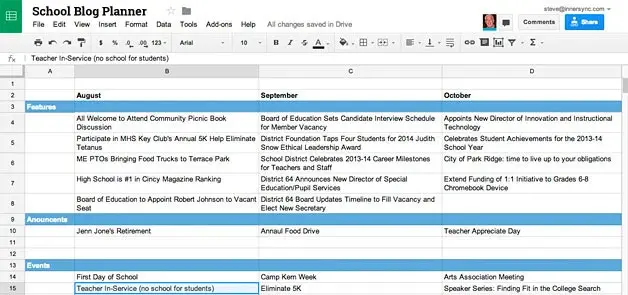
Is there a mad scramble for content every time you need a new post? You can avoid the chaos of content creation by planning out your blog schedule months or even a year in advance. The content should flow naturally from your blog’s mission. Select topics that meet the clear objectives that you and your team have laid out.
Once you have a list of topics, plot them on a calendar. Many content management systems offer calendar features that can facilitate this type of planning. With the topics on a calendar, you can start reaching out to relevant parties and creating content well in advance.
4. Post on Social Media

Ideally, you want your audience to share your content on social media. However, you should start the process by sharing the content yourself. You should post a link to the content on all social media channels as soon as you post it. Don’t stop there, though. You can keep promoting the blog post regularly long after it was originally written.
As an example, think about some of the publications you follow on social media. Maybe you read sites like Huffington Post, Buzzfeed, or Business Insider. Have you ever noticed that they’ll often promote blog posts that were written months or even a year ago? That’s because they know they won’t hit everyone the first time they promote it. You have to keep promoting on social to fully reach your audience.
Also, include an image in your post. This is especially true on Facebook, where images can help grab attention in a busy news feed.
Finally, think about how you present the content. Avoid blatant self-promotion like, “Read our new blog post!” Instead, try asking a provocative open-ended question like, “How can you help your child overcome homework struggles?” This drives curiosity and encourages readers to click through the link.
5. Promote Your School Blog
Getting your post out on social media is a great way to promote readership. However, it’s just a first step. You should continue to promote your blog through other forms of outreach.
- One effective way is through an email newsletter. Most content management systems offer templates to quickly build email newsletters with new content and with links to blog posts. You can then send the newsletter out to parents, students, and the community on a regular basis.
- Also, you should promote your newsletter on your blog. Make a spot in your sidebar for signup to the email newsletter. Again, this can be accomplished pretty quickly with a solid content management system.
- You can also promote the blog by inviting guest posters. Your guests could be teachers, parents, students, or other interested members of the community. You offer the guest the opportunity to express their views and possibly link back to their website, if they have one. In return, you ask your guest to promote their post to their friends, family, and audience.
- Finally, cross-promote your blog in all forms of outbound communication. Whether it’s a press release, a flyer sent home with students, or even banners at sporting events, reinforce the idea that your blog is a valuable source of school information.
Your blog doesn’t have to be a source of frustration. Just follow these best practices to maximize your blog’s potential. Another good source of information is your content management system provider. They can offer tips and best practices they’ve seen other schools implement with success.
Stay Connected
News, articles, and tips for meeting your district’s goals—delivered to your inbox.




